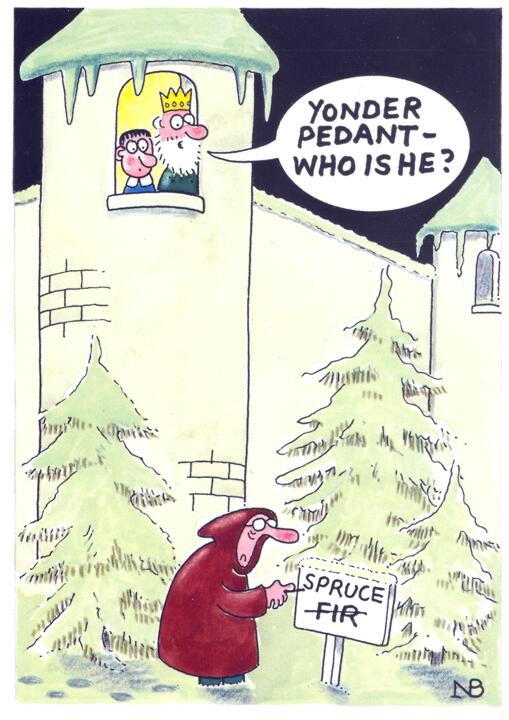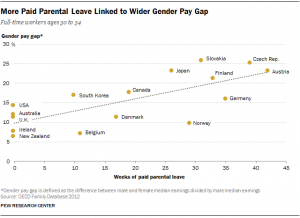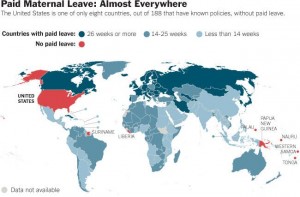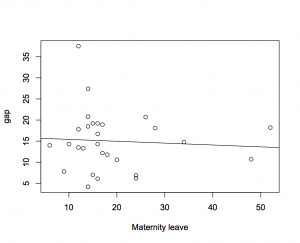Every year, the Department of Statistics at the University of Auckland offers summer scholarships to a number of students so they can work with our staff on real-world projects. We’ll be profiling the 2013-2014 summer scholars on Stats Chat. Ryan is working with Dr Yannan Jiang on research titled Evaluation and comparison of the nutrient profile of processed foods in Australia and New Zealand.
Ryan (right) expl ains:
ains:
“Our project centres around the nutritional content of processed food products available for purchase throughout New Zealand and Australia, based on a Nutrient Profiling Scoring Criterion (NPSC) developed by Food Standards Australia New Zealand, and employed by the FoodSwitch smartphone application to identify healthier food choices.
“Using FoodSwitch databases of Australian and New Zealand packaged processed foods, our aim is to determine whether each individual product reaches a particular threshold value that would allow the producer to make a health claim regarding the product.
“We are specifically interested in determining the proportion of foods across Australia and New Zealand that meet their respective threshold values, the mean NPSC score for individual food categories, and the association between NPSC score and each individual nutrient component (eg energy, saturated fat, sodium and sugar).
“With the continuing upward trend in both unhealthy diets and worldwide obesity, identifying and consuming healthy food products is becoming increasingly important. The integration of the NPSC data with the FoodSwitch smartphone application, available in both Australia and New Zealand, allows everyday consumers to compare products and identify healthier alternatives using a streamlined, three-tiered system.
“Salient differences exist between the two countries. Previous work conducted by the National Institute for Health Innovation (NIHI), for example, showed that the salt content of bread was notably different in the two countries despite dietary similarities – and despite the fact that many producers operate in both Australia and New Zealand.
“I’ve just finished my penultimate year of a Bachelor of Commerce and Bachelor of Science, majoring in Finance, Marketing, Statistics, and Psychology, and I plan to study Honours in Finance in 2015. Outside of university, I have a keen interest in sport, particularly NFL and golf, and am partial to a wager or two at the casino.
“I initially picked up statistics as a major in my second year of study, having decided to drop physiology. I’d been told that statistics was applicable in almost all aspects of life, and was sucked in by Wayne Stewart’s uniquely captivating lecturing style in Stats 208; it’s a crying shame he’s no longer teaching it! (Note from the ed: Wayne was well-known for a teaching approach that used puppets, songs and audience participation; he’s now teaching at the University of Oklahoma in the US). I’ve found that statistics complements my three other majors, and was what initially sparked my interest in researching the odds of gambling.”





